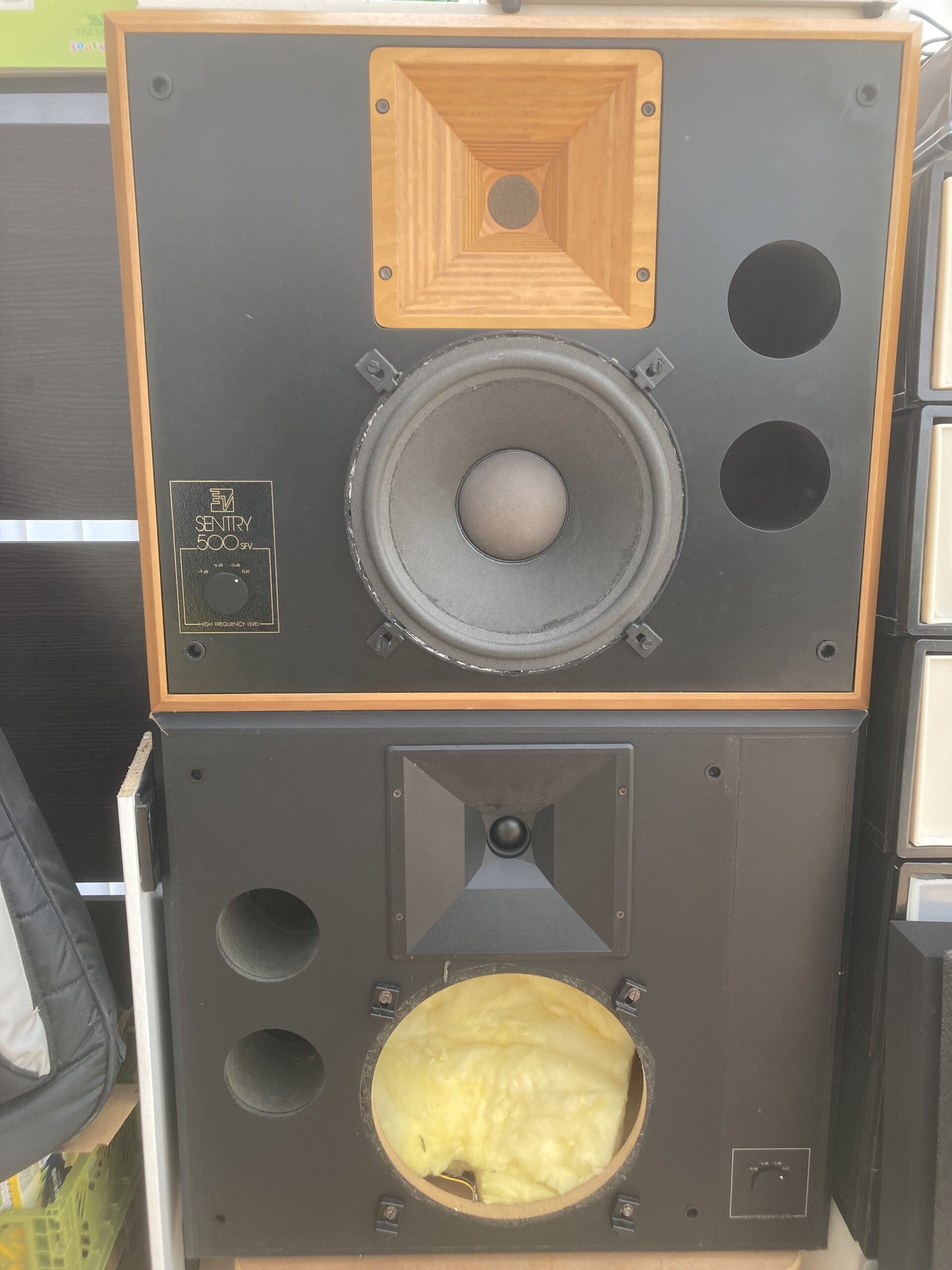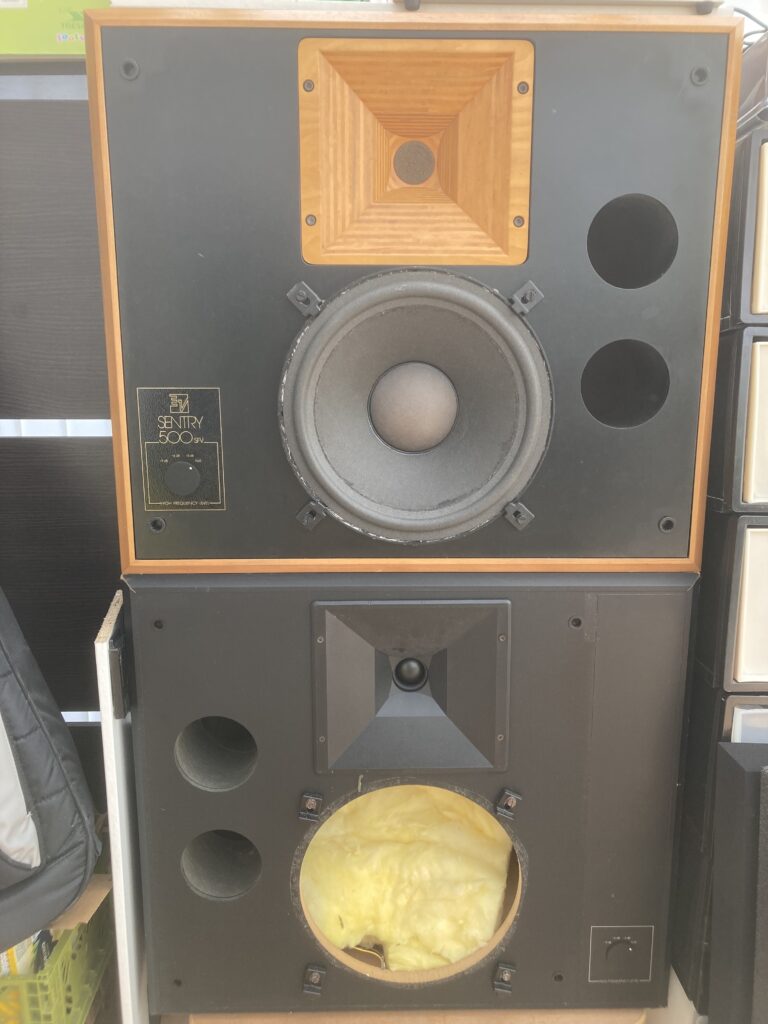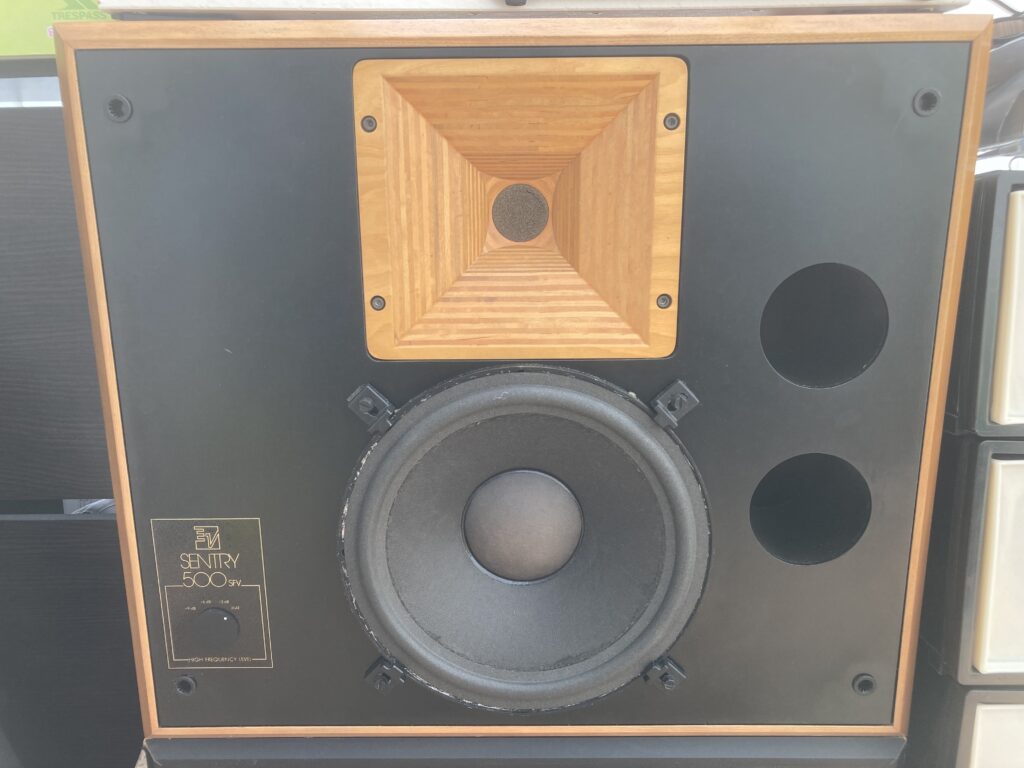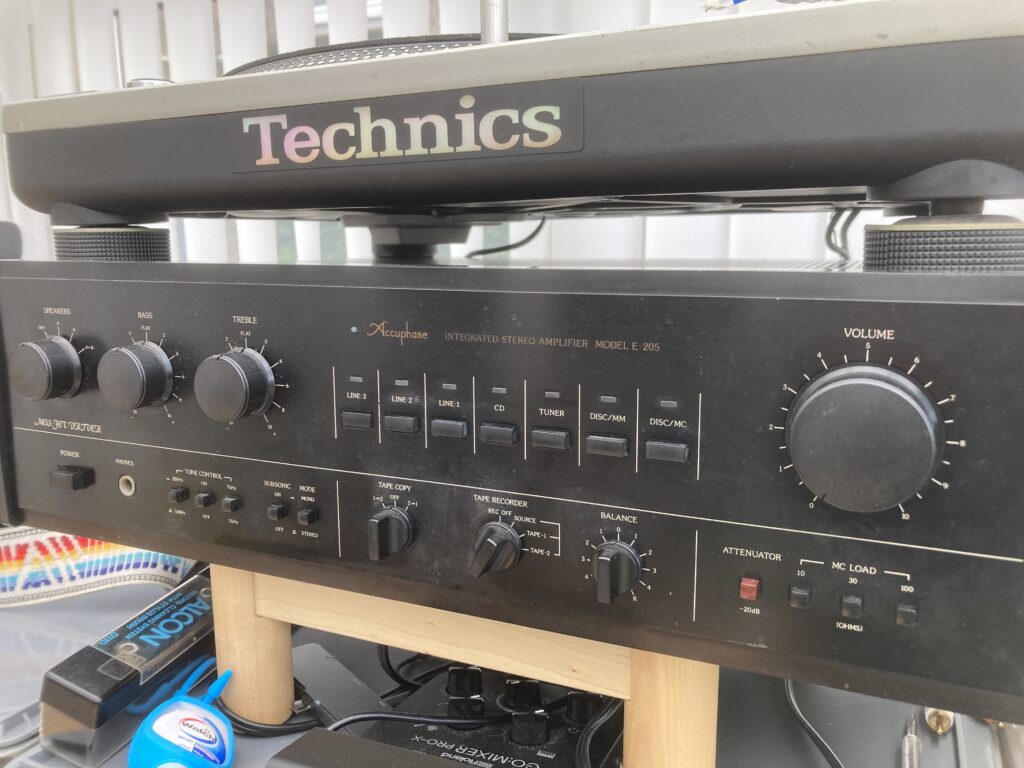EV Sentry 500 Speakers: My Journey with a Classic Audio Gem

In 2015, I had the pleasure of discovering the EV Sentry 500 speakers while accompanying a friend to a second-hand hifi store. Little did I know that this chance encounter would lead me on a journey to find and acquire a pair of these classic audio gems.

My First Encounter with the EV Sentry 500
As soon as the store owner turned on the Sentry 500, driven by a pair of mono-block 300B tube amplifiers, I was mesmerized by the sound. The speakers produced a warm, rich and detailed sound that was simply breathtaking. The sound characteristic was quite similar to those old school JBLs. The bass was deep and tight, the midrange was transparent and in your face, the type of midrange that I like. The highs were detailed without being harsh. I was immediately hooked and knew I had to have a pair of these speakers.
Acquiring My First Pair
I scoured the internet and found a pair of standard studio version Sentry 500 speakers on eBay United States, the black one in the picture. When the speakers arrived, I noticed that the bass drivers needed refoaming, a common issue with vintage speakers. I had the drivers refoamed by following this video on YouTube. and was thrilled with the results. The sound was everything I had hoped for and more. The Sentry 500’s unique design, with its large 15-inch woofer and horn-loaded midrange and high frequency drivers, created a sound that was both dynamic and detailed.
Now I have swapped the bass drivers into the Japanese versions which bass drivers are waiting for refoaming.
Discovering the Japanese Version
After acquiring my first pair of Sentry 500 speakers, I learned that there was a Japanese version called the SFV, which had better exterior materials than the studio version. The SFV version featured a beautiful wood veneer finish that added to the speakers’ aesthetics. I was determined to find a pair of these SFV speakers and eventually found them on a Japanese auction site. After a long bidding war, I finally won the speakers and had them shipped to my home.

The SFV speakers not only looked beautiful but sounded even better than the studio version. The wood veneer cabinets helped to produce a warmer and richer sound. The Sentry 500’s unique design and the SFV’s beautiful finish made these speakers a centerpiece in my audio system.
What Makes the EV Sentry 500 Speakers So Special?
The EV Sentry 500 speakers were designed and built during a time when audio engineers were experimenting with new materials and designs. The Sentry 500’s unique horn-loaded midrange and high-frequency drivers, combined with a large 12-inch woofer, created a sound that was both dynamic and detailed.
Another feature that makes the Sentry 500 speakers special is their efficiency. With a sensitivity of 96dB, the speakers can produce high levels of sound with very little power. This makes them an excellent choice for tube amplifiers or low-powered solid-state amplifiers. Now, I am driven them with an Accuphase E 205 solid-state amplifier with very satisfying outcome. Beside this amplifier, I’ve also tried driving them with my EL84 push-pull amplifier with very good result too.

In addition, the Sentry 500’s horn-loaded drivers provide excellent dispersion, which helps to create a large and spacious soundstage. The speakers also have a frequency response of 40Hz-18kHz, which can produce deep and accurate bass, as well as detailed highs. Although it can’t reach 20kHz as most modern speakers can do, I don’t find it necessary to supplement them with super tweeters. Check out how they sound:
Bi-Amping
One of the key features of these speakers is the ability to bi-amp them, which can further enhance their performance. Bi-amping the EV Sentry 500 allows you to take full advantage of its two-way design. These speakers feature a 12-inch woofer and a high-frequency compression driver, which require different amounts of power to perform optimally. By using two separate amplifiers, you can send the appropriate amount of power to each driver, which can result in cleaner and more accurate sound. However, I haven’t tried bi-amping myself, so I couldn’t tell you the result of it 😀



Recent Comments